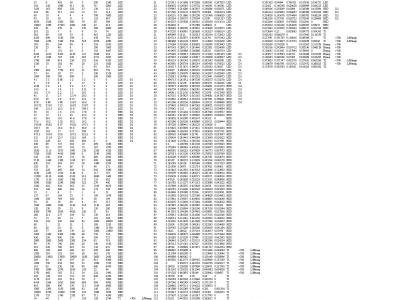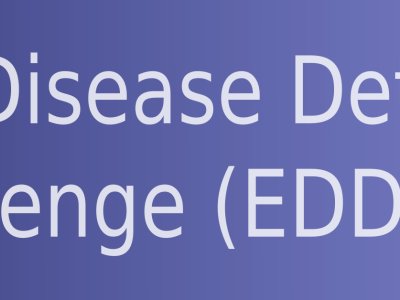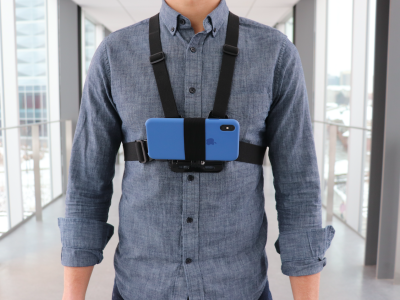Conveyor belts are the most widespread means of transportation for large quantities of materials in the mining sector. This dataset contains 388 images of structures with and without dirt buildup.
One can use this dataset for experimentation on classifying the dirt buildup.
- Categories:




